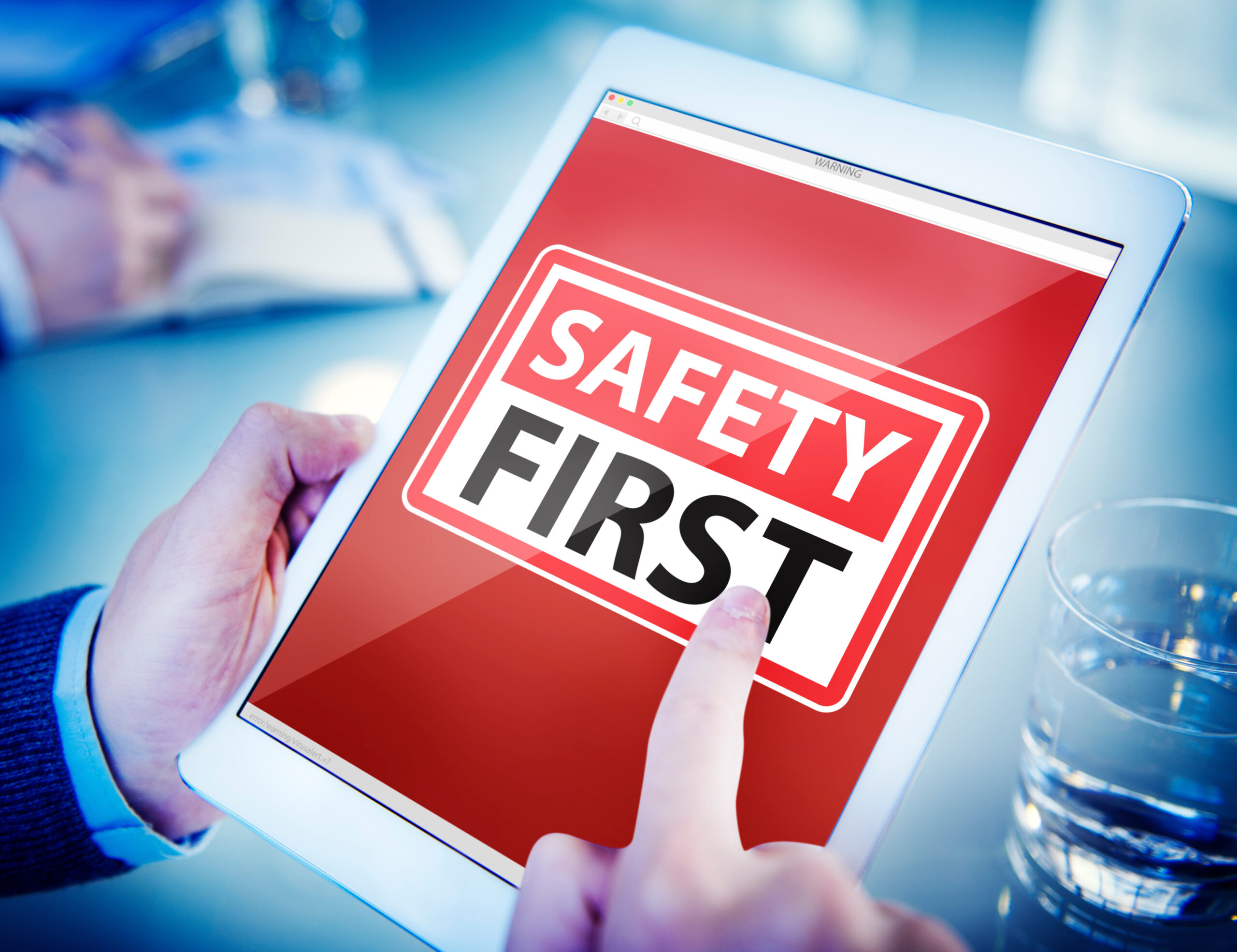In the aftermath of a natural disaster, safety is the top priority during cleanup efforts. Whether it’s a hurricane, flood, or wildfire, following proper precautions is crucial to protect yourself and others.
- Assess Hazards: Before beginning cleanup, check the area for downed power lines, gas leaks, and unstable structures. Avoid entering damaged buildings until they’ve been inspected by professionals.
- Wear Protective Gear: Equip yourself with heavy-duty gloves, boots, long sleeves, and protective eyewear. In flood-affected areas, use an N95 mask to avoid inhaling mold or contaminated dust.
- Handle Debris Carefully: Be cautious of sharp objects, broken glass, and hazardous materials like asbestos or chemicals. Use tools like shovels and rakes instead of bare hands to handle debris.
- Be Aware of Water Hazards: If flooding has occurred, avoid wading through standing water, which may be contaminated or electrically charged. Make sure drinking water is safe by following local health advisories.
- Seek Medical Attention: Clean minor wounds immediately, and seek medical attention for any severe injuries. Ensure your tetanus vaccination is up to date before engaging in any cleanup work.
- Work in Teams: Don’t tackle major cleanup efforts alone. Working in groups ensures help is available if something goes wrong.
Safety should always come first in the wake of a disaster. Following these guidelines can help prevent injuries and protect health during the recovery process.

